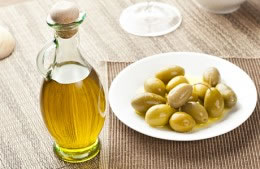The Extra Virgin Olive Oil Scandal
Extra Virgin Olive Oil - Real or Fake?
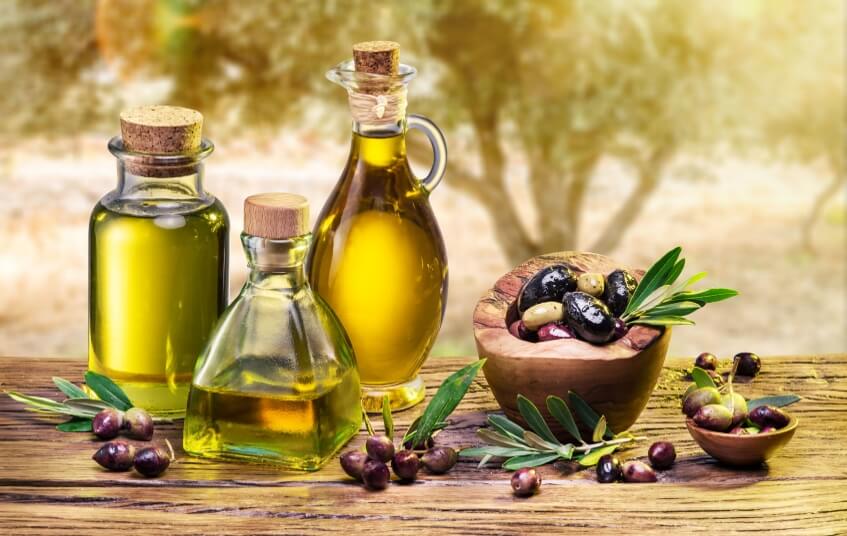
Share
I came across this blog about olive oil recently and thought I’d share it with you. While most of us will use cheaper oil for general everyday cooking, having an extra virgin olive oil around to dress a salad is a must.
But did you know that some unscrupulous companies have been mixing other oils with olive oil and passing them off as extra virgin?
This is disturbing! 70% of Olive oil available in stores in the US has actually been cut with cheaper, nastier oils – meaning its fake!
And this is not too dissimilar to 2008, when over 400 Italian police officers participated in a major crackdown called “Operation Golden Oil.” This resulted in the seizure of 85 oil farms. These busts prompted the Australian government to investigate their own olive oil market, and indeed, after testing all of its brands’ “extra virgin olive oils”, none were given the 2012 certification for being a pure olive oil.
All of these scams prompted the University of California to carry out studies on 124 imported brands of extra virgin olive oil, and they found that over 70% of the samples failed the test. Some of the well known brands that passed and failed are listed below.

How do you know if your Extra Virgin Olive oil is real or fake?
Aside from brands there are simple tests you can do at home to check whether your olive oil is pure or not. Place the bottle in the fridge for around 30 minutes and check if the oil is starting to solidify. If it does then it is a good indication that the oil contains a large amount of monounsaturated fat, which is exactly what extra virgin olive oil contains. If the oil doesn’t begin to show signs of solidification then it’s a good sign that the oil is fake. This is not a perfect test yet it is a good indicator if you are unsure about the quality of your oil.
This blog appeared in Organic News on 22nd November 2016. For the full blog click here
The study from the University of California was carried out in 2011, meaning that it’s 5 years old, but don’t let that deter you from the fact this is probably still going on.
Extra virgin olive oil is basically just the freshly pressed olives. They are crushed and the oil is extracted by machines such as a centrifuge. (Spinning to separate the different densities)
To make refined oils the olives are processed in the same way to begin with, but then they have extra processes to remove any chemical or sensory flaws. High temperatures or chemicals are used in the process, and the oil is made odourless, colourless, and tasteless.
Then the refined oil will typically have a small amount of extra virgin olive oil re added to give it some flavour, aroma and colour. What? I hear you say, that was my reaction as well.
Australian olive oil expert Richard Gawel notes. “Extra virgin olive oil has a distinctive olive fruity aroma and flavour and it contains natural antioxidants.”
Refining, he adds, is a more intricate process using acids, alkalis, steam and other agents. “The refining process removes all of the aroma and flavour substances out of olive including its natural antioxidants,” Gawel explains. “Artificial antioxidants need to be added back to give the refined olive oil a reasonable shelf life.”
My own research
So, the first thing I did when I discovered all of this was to put my extra virgin olive oil in the fridge and well, I was a bit of a dope because it was in a dark green bottle so I couldn’t see anything!
I poured some into a glass and it did seem thicker. But I hadn’t poured any out before I’d put it in the fridge, so I didn’t have anything to compare to. You can see I’m new to this research thing.
So, I did another test which was to leave the glass in the fridge and put the bottle back in the cupboard. Then after a few hours I poured both out to check the difference in density. The one in the fridge was thicker, but I still wasn’t happy because I was only going on the word of that report, I didn’t actually know if refined olive oil wouldn’t solidify a bit.
I then bought a bottle of ordinary refined olive oil and did the same test, to check that it stayed at the same density.
The results

If you look at the two pictures above, they are both of extra virgin
olive oil. Well the first thing you notice is how green it is and how thick it
is. I had no idea it was that colour as it’s always in green bottles.
Anyway looking at the two glasses, the one on the right in both
photos is the one that had been in the fridge and you can see quite clearly
that it’s cloudy, making it genuine extra virgin.
So my other experiment was to put a glass of refined olive oil in the
fridge and leave it. Well, no need for a picture here as nothing happened, it
stayed exactly the same.
But what surprised me was the difference in colour of the two
types of oil. The glass of olive oil on the right is refined and the one on the
left extra virgin. I just thought I’d post that picture as well to show you how
different they look.

Conclusion
So I’d say the test works, but you could probably tell the
difference by the colour if they were to put the extra virgin oil in clear
bottles as well.
If you want to find out more about olive oil check it out here, did you know it’s great for your immune system?
Now check these out
Love this? Get blogs and more in your inbox
Subscribe to receive our blogs plus each weeks featured ingredient, recipe and nutrient in your inbox
Thank you for registering

 About nutrients
About nutrients
 All nutrients
All nutrients
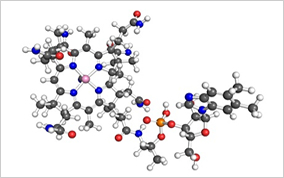 vitamins
vitamins
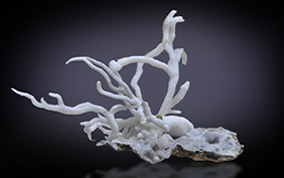 minerals
minerals
 phytochemicals
phytochemicals
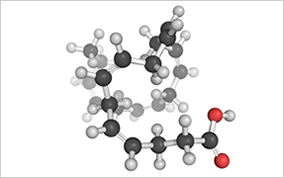 fatty acids
fatty acids
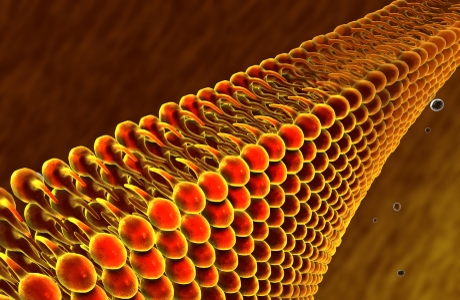 macronutrients
macronutrients
 amino acids
amino acids


